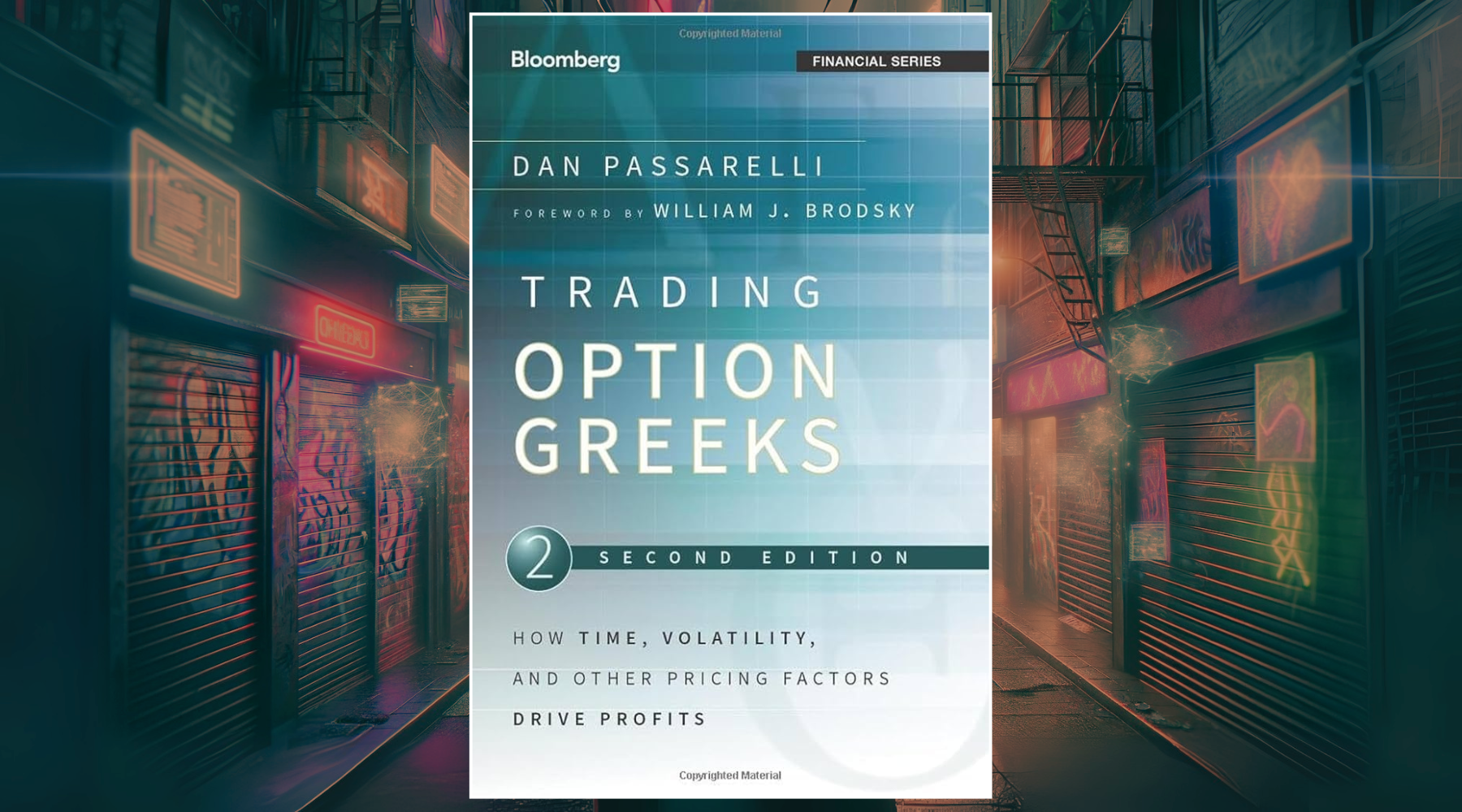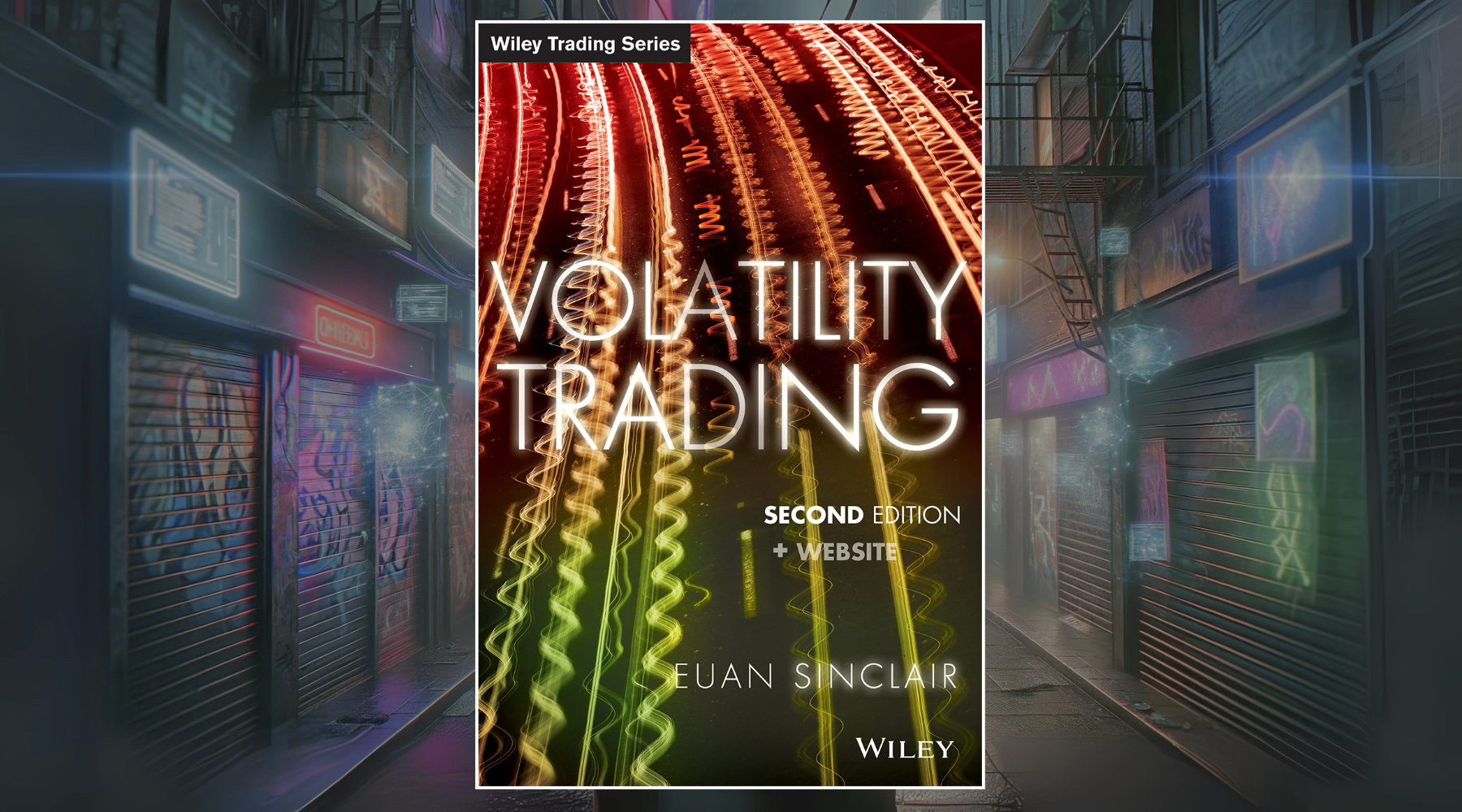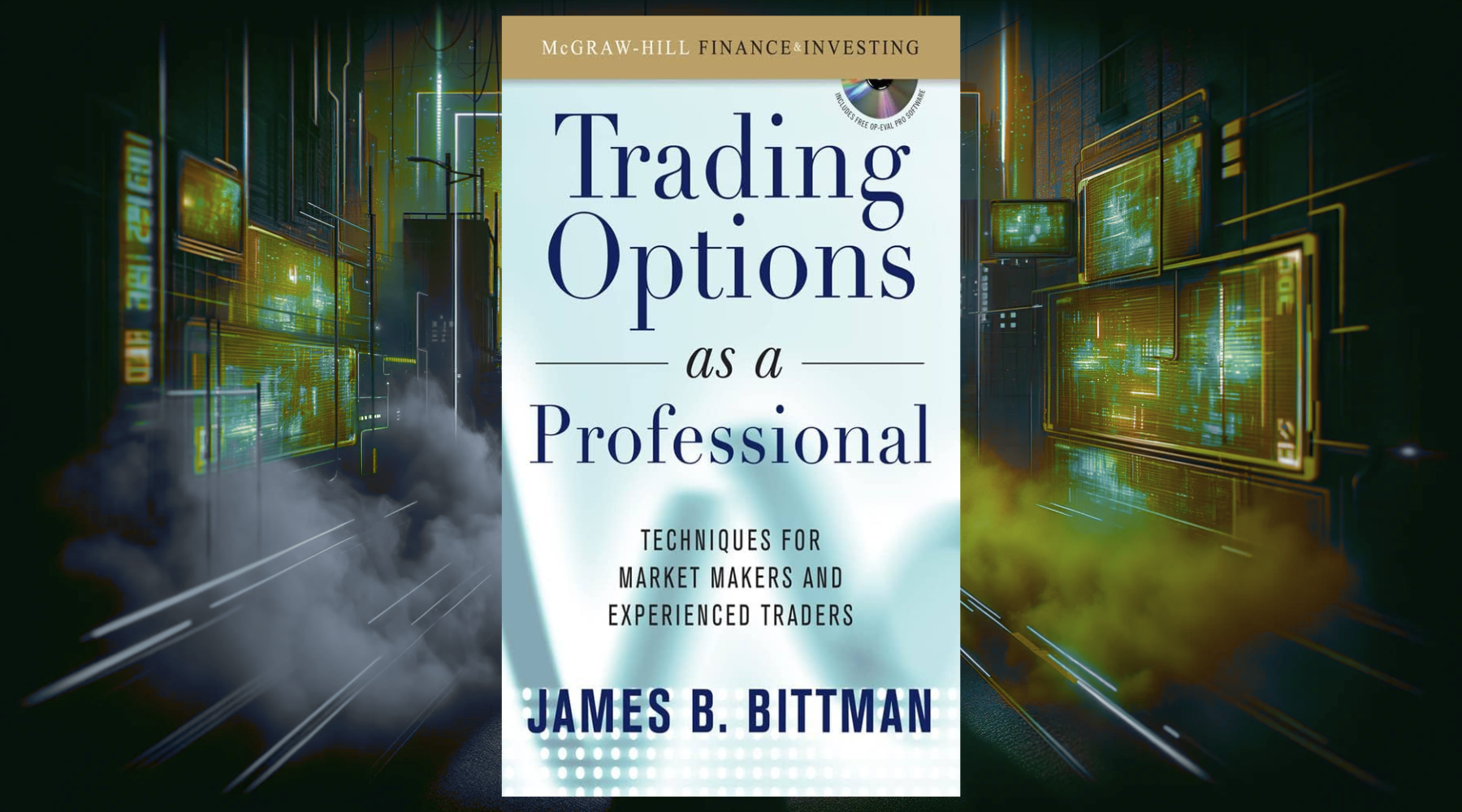
As an active day trader, I am constantly analyzing technical indicators to identify opportunities to get in and out of trades. Of all the metrics I track, volume provides some of the most valuable and actionable insights for my intraday trading.
In this short beginners guide I'll explain exactly why volume analysis is so important for effective and efficient day trading, and how I utilize volume in my own short-term trading strategies.
What is Volume and Why Does it Matter?
Volume represents the number of shares traded during a particular time period. It reflects the total trading activity in a stock or other security.
High volume means a large number of market participants are actively trading that stock. Low volume conversely signals little interest or participation in trading a particular stock.
For short-term traders, volume provides pivotal information related to:
- Liquidity - the ability to get into and out of positions easily
- Supply and demand dynamics - is a stock seeing more buyers or sellers lately?
- Confirmation of price trends - is increased volume driving price changes or is it suspiciously low?
- Volatility - are trading opportunities increasing or decreasing?
Simply put, volume allows us to assess how solid and sustainable a short-term price move is likely to be. It provides clues as to whether other traders are validating or rejecting price changes.
Let's explore why this insight is so valuable.
Volume Provides Liquidity for Efficient Trading
As intraday traders, our strategy relies on efficiently moving in AND out of positions during the same trading session.
Low volume stocks are extremely difficult to trade because we can't exit our positions easily. Thinly traded securities have large bid-ask spreads and significant price spikes.
For example, if I buy 100 shares of a stock at $10.00 per share hoping to sell those same shares at $10.05 later in the day for a quick profit, lack of trading activity makes achieving my price target unlikely.
Stocks with higher average volume have significantly more liquidity. This allows us to execute trades seamlessly without waiting or being forced to accept undesirable prices.
High liquidity is absolutely vital for active trading. Volume data allows us to screen for stocks with liquidity suitable for intraday trading.
Volume Gives Clues on Supply and Demand
As a trader, I am playing a game of assessing supply and demand. Is investor interest increasing or decreasing in a particular stock? What is the balance of buyers vs sellers?
Sudden surges in trading volume signal increased interest in a stock. It alerts me that something is changing in the supply/demand dynamics.
Conversely, extended decreases in volume activity often precedes declines in share price.
For example, if XYZ stock trades 2 million shares per day on average and volume suddenly jumps to 10 million shares, it is a clue that the dynamics are changing - there is heightened investor interest is driving up demand.
As a short-term trader, these volume clues allow me to anticipate and react to shifting supply/demand forces. I'll cover later how I leverage volume spikes in my own trading strategy.
Prices Moves are Confirmed by Volume
Stock prices fluctuate minute-to-minute based on the imbalance between buyers and sellers. We must analyze whether increased trading volume is behind price trends or if prices are moving on little volume.
If a stock price rises rapidly on heavy volume, it signals increased demand is driving prices higher through increased buyer activity. Conversely a stock drifting higher on low volume is suspicious - a lack of investor participation indicates weakness behind the move.
As a trader, I use volume to confirm the conviction behind price moves and assess if they are likely to continue. Strong volume confirms the strength of trends while weak volume shows area of support or resistance.
This volume confirmation gives me confidence in taking positions aligned with high-volume price trends while helping avoid traps like weak breakouts.
Strong volume aligns with price trends while weak volume shows possible reversal points
Stocks with Higher Volume Have Increased Volatility
As an intraday trader, I am looking to capitalize on short-term price fluctuations throughout the day. Stocks with higher average volume tend to have increased volatility and price action.
Low volume securities have relatively muted movements - their prices remain very stagnant without a catalyst emergence.
High volume stocks experience greater volatility presenting more opportunities for me to execute my trading strategies. There tends to be more noise, momentum shifts, overreactions, and pricing inefficiencies to capitalize on.
The increased volatility expands the short-term trading opportunities through price corrections, profit taking, algorithm reactions and institutional positioning.
So analyzing volume levels allows me screen for stocks exhibiting volatility suitable for my day trading strategies. Too much volatility brings unnecessary risk while too little makes generating consistent profits difficult.
How I Use Volume Analysis in My Own Trading
Now that we've covered why volume analysis is so important generally, let's review how I leverage volume data in my own short-term trading strategies:
Identifying Trading Opportunities
- I screen for stocks experiencing significant surges in volume activity relative to averages
- Signals increased investor interest or a potential catalyst
- Unusual volume spikes pique my interest and alert me something is changing
Confirming Breakouts
- I wait for volume confirmation before taking positions on upside breakouts
- Increased volume validating increased demand behind upside moves
- I avoid setting stop orders on downward breakouts until volume confirms the support level
Avoiding Traps
- I ignore small price moves on low volume
- Lack of volume underscores the weakness and unlikely sustainability
- Protects me getting faked out and helps filter out market noise
Managing Risk
- I size positions smaller in low volume stocks
- Harder to efficiently enter and exit trades
- Lack of liquidity increases slippage risk on stop loss orders
- Use wider stops or avoid altogether
Here are a few volume-based metrics I analyze in my trading:
| Metric | How I Use It |
|---|---|
| Relative Volume | Compare current volume against averages to identify unusually high activity |
| Volume Weighted Average Price (VWAP) | Key intraday support/resistance level |
| Volume Spikes | Signals possible presence of institutional traders |
Conclusion - Embrace Volume Analysis
I hope this breakdown has helped demonstrate exactly why volume analysis is so important for day traders. We quite literally cannot afford to ignore it.
Monitoring volume gives me invaluable insights into the current supply and demand dynamics. It confirms the conviction behind short-term price trends. And it screens for volatility and liquidity necessary to trade efficiently.
My trading strategy relies heavily on volume indicators to anticipate the best entry and exit levels. The extra context transforms simple price charts into actionable trading intelligence.
So if you aren't already, I highly recommend embracing volume analysis into your everyday intraday trading. It provides an edge over those just watching price action alone.
Check out this article if you want to learn the basics of day trading: Day Trading Guide For Beginners







